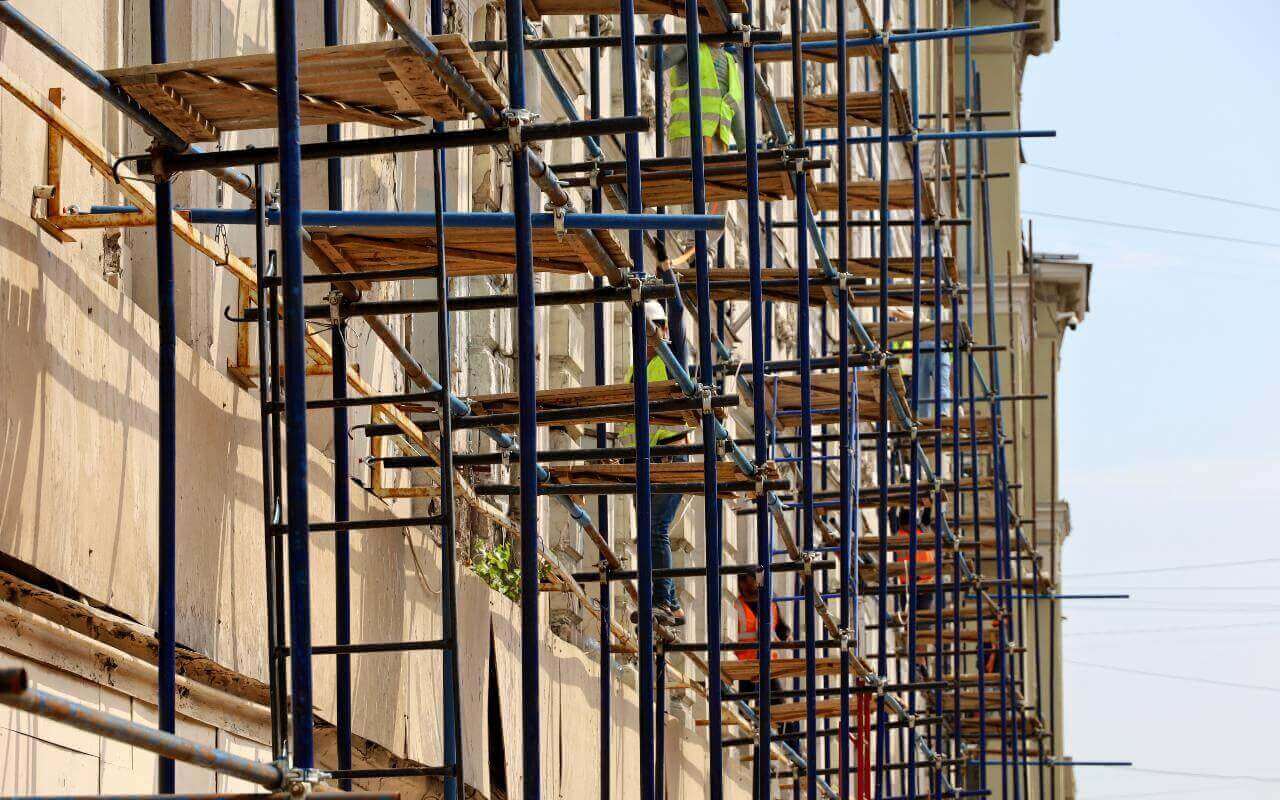Much has been written about Martlet Homes Limited vs Mulalley & Co Limited. By way of brief recap of the facts, the case related to the refurbishment of a set of 1960s tower blocks, all above 18 metres tall. They were clad in the mid-2000s with a StoTherm Classic render system by the design and build contractor at the request of the Housing Association. Post Grenfell, when the same HA investigated them to ensure they were “safe”, it was discovered that the installation was defective. Later the HA obtained evidence that the Sto render system was itself defective.

The key issues between the parties were (a) had the defects caused the HA to replace the external wall system and (b) whether replacement was necessary if a cheaper solution could and should be adopted. The answers were (a) yes and (b) no – but on the facts replacement was required.
The Judge’s view on liability was that a design and build contractor had to apply its mind to the issue in hand and consider, in the round with the benefit of up to date information, whether its proposed or specified external wall system was compliant / appropriate.
It was acknowledged that it might have been possible to conclude the system “so obviously complied” that it could be adopted but any reasonably competent design and build contract would need concrete evidence to support that conclusion (and could not simply rely on BBA Agrément Certificate).
Applying 199 Knightsbridge Development v WSP UK Ltd the Judge held that there “must be “evidence of a responsible body of opinion that has identified and considered the relevant risks or events and which can demonstrate a logical and rational basis for the course of conduct or advice that is under scrutiny”…”A defendant is not exonerated simply be providing that others…[were]…just as negligent””.
What does that mean, well, in essence, that the external wall system would have had to have been subject to a full scale fire test in accordance with BS8414 to have complied with the contract.
Practical take-aways for ongoing litigation
- Make sure you evidence your decision making and get support for decisions taken on remedial v repair scheme from experts (both technical and legal).
- Analyse carefully what is really betterment and what can reasonably said to be (a) necessary to implement a remedial solution and / or (b) incidental to the reasonable remedial scheme
- Get the right expert evidence – it is noteworthy that the fire evidence was preferred to the architectural expert evidence, albeit both were considered in detail.
- Consider whether the documentary evidence you are relying on actually supports the case – is it the same certification as the proposed or installed system or is it simply one of many “aids” that was available to a contractor at the time of construction? BBA Certificates are not guarantees that any particular system complies with the overarching statutory requirements.
- Be careful about privileged documentation, particularly where experts may need to rely on the same – there was some debate about reliance on privilege materials that may have prejudiced the claimants position.
Practical take-aways for the construction market
- A reasonably competent design and build contractor must take into account the latest position in the market and consider the latest standards / guidance in order to discharge its overriding duty to take steps to design and build with all due care and skill.
- If a reasonably competent design and build contractor cannot satisfy itself on a liner route to compliance then it must undertake detail analysis to satisfy itself that the system it is proposing meets the requirements of the Building Regulations. This is likely to mean obtaining a BS 8414-1 test for any system that in any way deviates from a previously tested system.
- There will be programme and cost implications from the above that should be factored into building contracts.
- The need for a contractor to satisfy itself about compliance is particularly important following the enactment of the Building Safety Act 2022 because there are now potential criminal and civil sanctions for breaching Building Regulations. Claims can now be brought ten years after practical completion.
- Further, if a system is installed and it is defective, it may well render the dwellings in a building unfit for habitation such that a liability will arise under the Defective Premises Act 1972 (as amended). Those claims can be brought fifteen or thirty years after practical completion by the person who commissioned the building or by anyone acquiring a legal or equitable interest in the dwelling.
- As well as the difficulty of obtaining insurance in the market, there may be issues for contractors who cannot show that they have satisfied themselves the systems they install are safe, because they may well find their insurers refuse to cover if a contractor consistently adopts the approach that a “similar” system (not just external walls) will be ok.
Remember, don’t rely on what “everyone else” is doing, each system, each contract and each liability is unique!
Share this article


